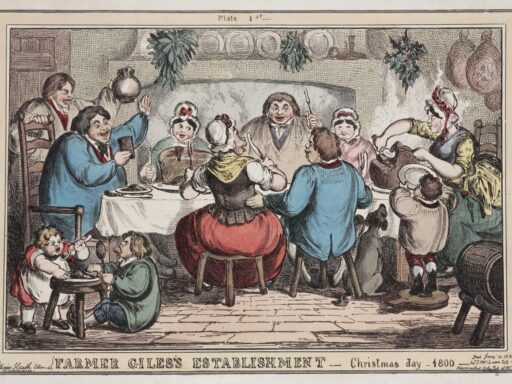
As we celebrate this holiday season, Assistant Curator Alana Surowiec takes a look at the future of Christmas dinner inspired by objects in the Future of Food exhibition.

As we celebrate this holiday season, Assistant Curator Alana Surowiec takes a look at the future of Christmas dinner inspired by objects in the Future of Food exhibition.
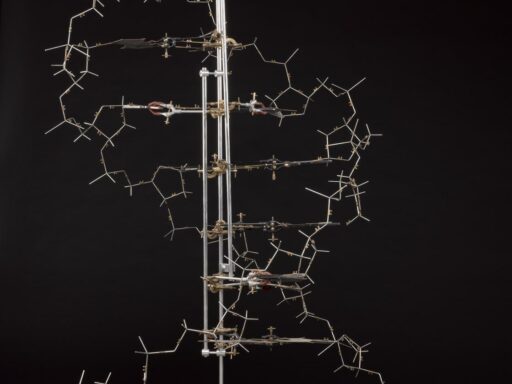
Science Director Roger Highfield and Curator Sarah Bond talk to the American molecular biologist David Liu about his new gene editing strategy that, remarkably, addresses a common cause of around a third of genetic diseases.
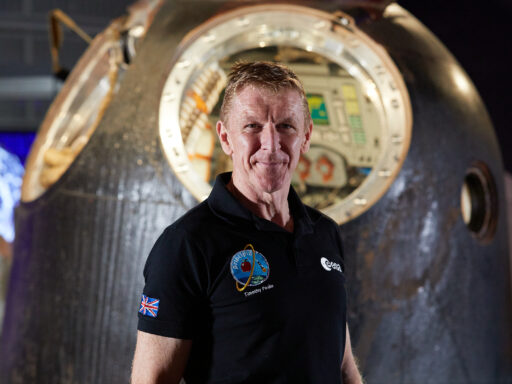
Exactly a decade ago today, on 15 December 2015, the Science Museum’s Energy Hall was buzzing with excitement. Thousands of school children, members of the public, museum staff, and people across the space sector, had gathered to witness a moment of history.
Roger Highfield, Science Director, describes the first real stride toward writing human genomes from scratch.
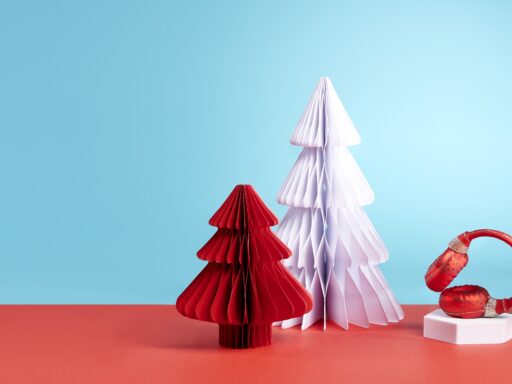
The countdown to Christmas has begun and we’ve got the perfect launchpad for your festive shopping with the Science Museum 2025 Christmas gift guide.

At the National Quantum Computing Centre, Science Director Roger Highfield discovers how atoms wrangled by laser beams are powering a remarkable new kind of computer—one that ‘thinks’ in quantum probabilities, not binary certainties.

Rockets grab attention, but satellites keep Britain running. Libby Jackson, Head of Space, agrees with the conclusions of a new House of Lords report: understanding space is not a luxury — it’s critical for the nation.
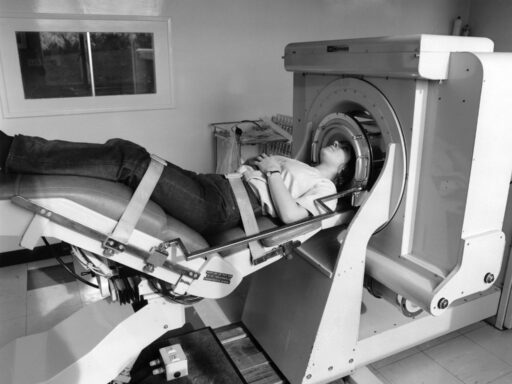
To mark World Stroke Day, Assistant Curator Alana Surowiec explores some of the incredible objects in the collection that have transformed how this life-threatening condition is diagnosed and reflects upon her own personal experience.
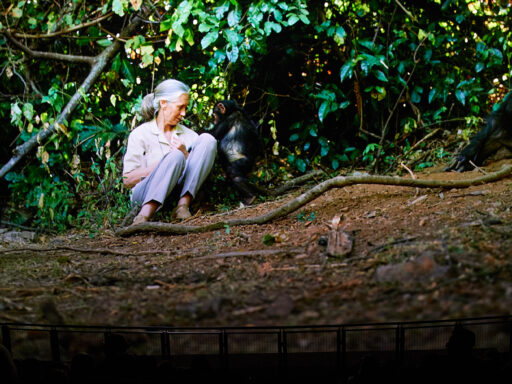
Conservationist Dame Jane Goodall, whose work changed humanity’s view of itself and animals, has died aged 91.
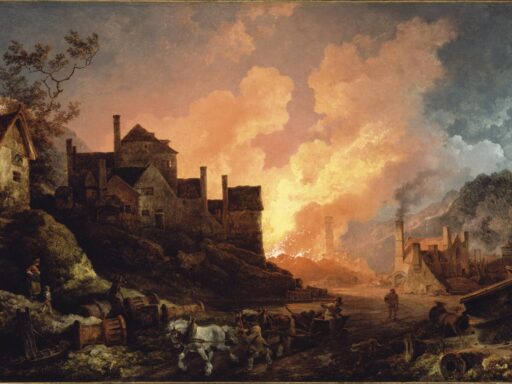
From the importance of green urban spaces for our wellbeing to evocative depictions of industrialisation, this trail invites you to discover new ways to explore the art of science and nature.
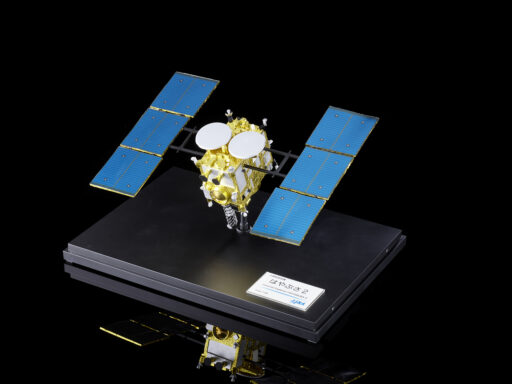
Science Director Roger Highfield reports on a new discovery about the source of Earth’s water.
Wheat is the world’s leading source of dietary plant-based protein. Inspired by the Science Museum’s Future of Food exhibition, Science Director Roger Highfield asks: what role will wheat play in feeding a warming world?